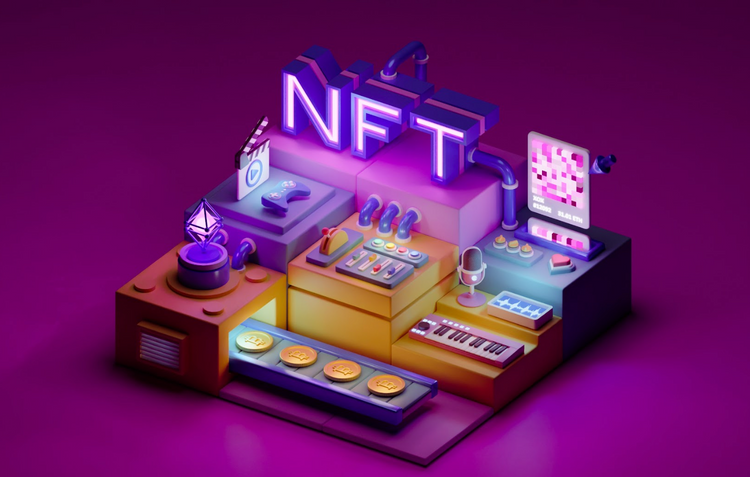
Versity : PARSELL NFTs slicing in the metaverse

As a preamble, we wanted to clarify the situation about the PARSELL NFTs and their correspondence. The NFTs correspond to INSEE codes and not to postal codes for France as it is well specified in the whitepaper.
Why did you choose the INSEE Codes on the Versity metaverse?
In this approach based on a dimension specific to France, each PARSELL NFT must correspond to a unique geographical division, and thus depends on the specificities and cadastral and communal limitations specific to France. Nowadays, several French communes can have the same postal code, but each commune has a unique INSEE code. Namely, there are about 34,900 INSEE codes, and about 6009 postal codes.
However, as the Versity project aims at an international dimension, evoking that an NFT corresponds to an INSEE code is not comprehensible beyond France. This is why we have communicated that an NFT corresponds to a unique postal code thanks to the INSEE code.
It is important to add that the term postal code strictly speaking does not apply for France for the reasons mentioned, but could on the other hand be used for the deployment of the Versity metaverse internationally.
In summary, what are the interests in favoring INSEE codes rather than postal codes in Versity ?
- There are more INSEE codes and therefore more PARSELL NFTs;
- Postal codes are not unique, unlike INSEE codes;
- To adapt the Versity project to the real estate investment needs in France.
Decoupage and number of categories of PARSELL NFTs

The old PARSELL Versity NFTs cutout

The new Versity PARSELL NFTs decoupage
Are the INSEE codes corresponding to the PARSELL NFTs fixed?
The baseline used for the INSEE codes is 2019, as 2020 and 2021 were years with minimal changes in terms of statistics due to Covid.
Given the codified characteristics of an NFT linked to the smart contract, when we "Mint" an NFT , the characteristics are fixed because they are written in the code.
On the other hand, the valuation of the NFT depends on several non-exhaustive elements:
- the evolution of activities in the metaverse;
- the attractiveness of a commune in the metaverse;
- other elements listed in the PARSELL NFT Pricing document.
The value that can be created on each PARSELL NFT in Versity will then be able to evolve its level.
Discover more about PARSELL NFTs here!

